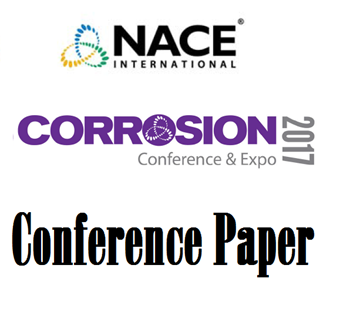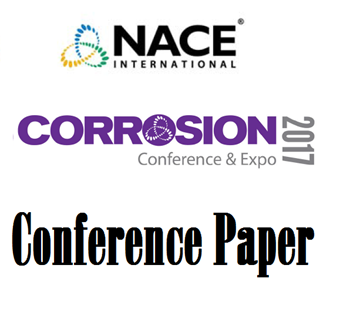Search
51315-5573-Assessment of Free Water Flow at a Gas Pipeline Dead Leg/Lateral Interface
Also Purchased
51316-7715-Dead Leg Internal Corrosion Management
Product Number:
51316-7715-SG
ISBN:
7715 2016 CP
Publication Date:
2016
$20.00
The Importance of Deposit Characterization in Mitigating UDC and MIC in Dead Legs
Product Number:
51317--9128-SG
ISBN:
9128 2017 CP
Publication Date:
2017
$20.00
Evaluating Drying Time of Residual Hydrotest Water in Pipeline Crevices and Dead Legs
Product Number:
51317--8958-SG
ISBN:
8958 2017 CP
Publication Date:
2017
$20.00




